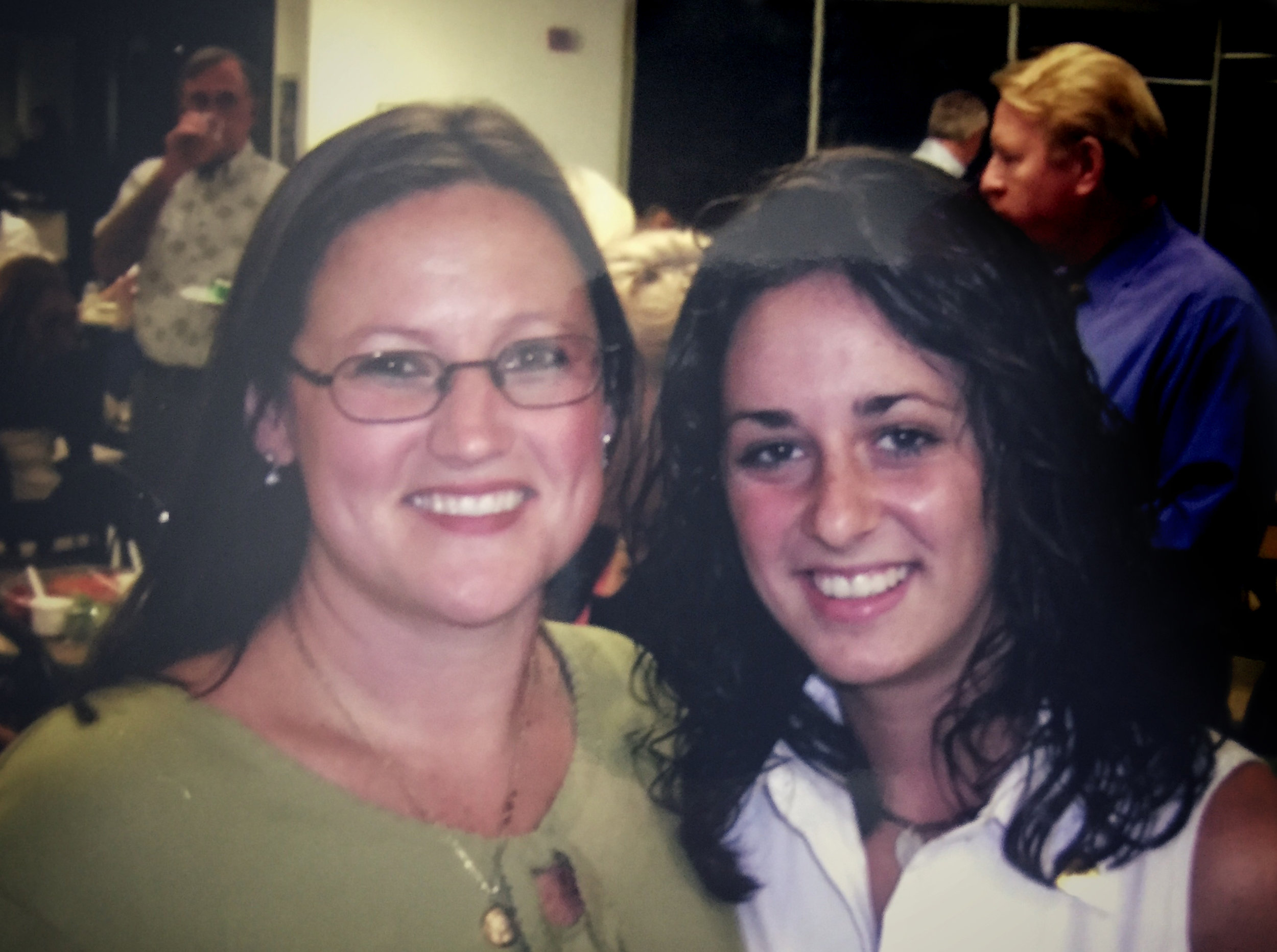A lighting setup at Florida A&M University for a series on their famous marching band.
Introducing lights into a photo is something that terrifies and mystifies many photographers, especially young ones who haven’t spent much time using them.
When I first began this journey a decade ago, I had literally never seen a strobe.
I met Bill Frakes in the summer of 2007. I was set to take a lighting class at the University of Florida that fall, but at the time knew next to nothing about lighting setups or photography in general.
It was fitting that my second shoot with Bill was a cover for Sports Illustrated for Kids of Philadelphia Eagles running back Bryan Westbrook in his Maryland home.
We flew to Washington, DC, on the first flight of the morning and returned on the last flight of the evening. It wasn’t just my first chance to see a professional lighting setup, it was my first taste of the life on the road with Bill.
There are quite a few things I’ve learned about Bill Frakes in my decade of working with him. One is that he has favorite places all over the world. One of those favorite places is Politics and Prose, an independently owned bookstore in Washington, DC. As soon as we landed and gathered all of our equipment, we went straight to the book store.
The spot had two purposes. First and foremost, Bill wanted to shop for books. But secondly, it is where we met up with John Healy, another more experienced photography assistant. Bill wanted me to learn from Healy; to watch and ask questions about the lighting setup.
When we arrived at Westbrook’s house he welcomed us inside and showed us a room he hoped was big enough for all of our equipment. I watched as Frakes and Healy set up the background and all the lights. I had never seen anything quite like it. I knew what a strobe was, but had never seen anyone actually use one before.
Now, a white seamless backdrop with a seven light setup seems simple, but back then it was impossibly complicated. Suddenly all of those magazines covers I had seen in the past with animated or clearly photoshopped backgrounds began to make sense.
Shooting a subject against a clean, white background allows you to lift the subject off of that background and place them on another in post production. Lighting the subject makes their image crisp with sharp edges and good definition. Where television and cinema use a green screen, photography uses white for the same effect.
Bill made a couple test shots of me and Healy to make sure the light was right before Westbrook came out. With most high profile subjects, you only get a minute or two to make a great portrait. That day, we were in his home and he had nothing he had to do other than be with us. However, as I would learn in the coming weeks, months and years, you can never be too ready to make an image.
When Westbrook came out in his uniform, we did two poses with him - a stiff arm and him catching a shovel pass. My favorite part of the day was throwing the shovel pass.
When I was a kid, I had two dream professions. I wanted to be an astronaut and/or a quarterback in the NFL. Throwing that shovel pass is the closest I have gotten to either.
I have now been part of countless lighting setups for covers, multimedias and galleries. Each subject is different, so each setup is, too.
On the flight home from DC that night, Bill left his first class seat to come sit with me in coach. He wanted to talk about the day and lighting.
“Light,” he told me, “is language in photography.”
It is how you portray mood and emotion. Where writers use verbs, photographers use light.
It’s a lesson I try to employ everyday.













